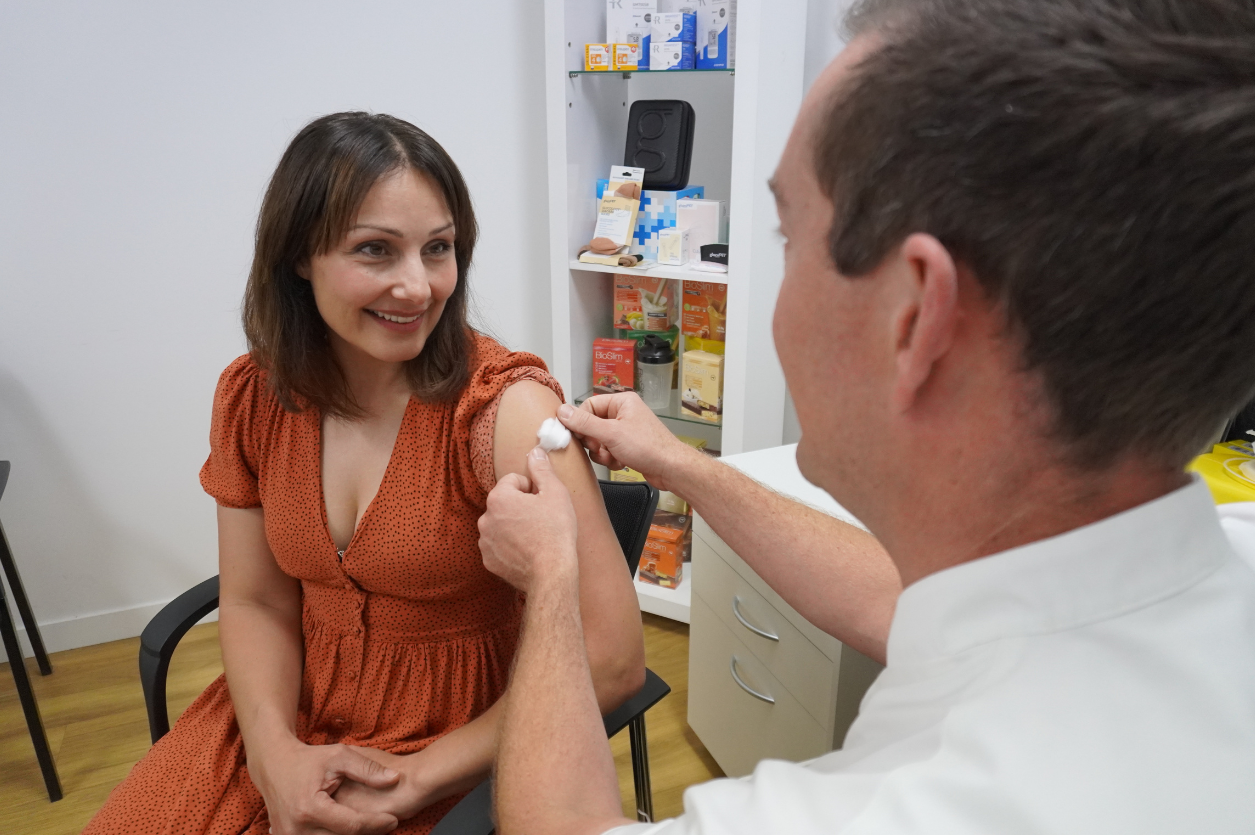Towards 2035 is the PGA’s ambition for the next decade of community pharmacy.
It envisions 80 percent of community pharmacists and 80 percent of community pharmacies being able to offer additional services to patients – examining, diagnosing, and treating everyday and long-term health conditions.
PGA National President, Professor Trent Twomey, says the health outcomes for Australians will dramatically improve when the ambition of Towards 2035 is achieved.
“Towards 2035 is our most ambitious strategic plan,” Professor Twomey said.
“Pharmacists are currently working to deliver a broader range of health services, including vaccinations, the initiation of hormonal contraceptives, and the treatment of urinary tract infections (UTIs).
“Pilot programs are also underway to help Australians manage conditions like asthma and cardiovascular disease,” he said.
“At the moment, the services provided by pharmacies depend on what state or territory you’re in.
“We want to see harmonisation across Australia, making it simpler for patients to ‘Think Pharmacy First’ for accessible and convenient primary healthcare.
“Our vision is to create healthier communities – and Towards 2035 is how we will achieve this.”
Internal modelling from the PGA suggests if these goals were implemented, pressure on the health system would be significantly eased.
It would free up 52,000 hours at emergency departments and 6.5 million GP consultations, generating up to $5.1 billion of savings for the Australian healthcare system — and a $1.4 billion productivity benefit from reduced absenteeism and presenteeism.
This would be realised through pharmacists being empowered to diagnose and treat everyday health conditions like impetigo, earache, mild eczema, and to help manage long-term conditions such as asthma, hypertension, and diabetes.
“There are already more than 150 pharmacists trained to treat a range of conditions,” Professor Twomey said.
“The training supports pharmacists to take a clinical history, listen to patients, and provide further treatment if clinically appropriate – either in the pharmacy or by making a referral to other healthcare providers. Community pharmacists are ready to do more,” he said.
“Seventy-five percent of the Australian population lives within two-and-a-half kilometres of a pharmacy. It makes sense that pharmacists step up, take on more clinical responsibilities, and ease pressure on public hospitals and GP clinics across the country.”
Sam Turner, owner of Terry White Chemmart Stafford, Queensland, recently completed his postgraduate training. He is now a prescribing pharmacist and has already seen the benefit it has offered his community.
“I became a prescribing pharmacist alongside three colleagues here at Terry White Chemmart Stafford at the beginning of this year,” Mr Turner said.
“Since then, we’ve transformed the pharmacy to offer a more holistic patient experience with expanded services.
“While we already had a heavy focus on clinical service, we’re now able to help a broader range of patients, such as young women with uncomplicated UTIs or needing hormonal contraception, adult patients suffering from asthma, or families wanting a complete service for travel health.
“The training has not only improved my skills as a clinician but has also reshaped the way I approach most clinical conversations in the pharmacy,” he said.
Patients are becoming aware that more conditions can be treated by a community pharmacist – and we’re looking forward to continuing to expand the services offered to benefit our community.
Sam Turner, owner of Terry White Chemmart Stafford, Queensland
Towards 2035 was shaped through one of the most far-reaching consultations in the Guild’s history.










